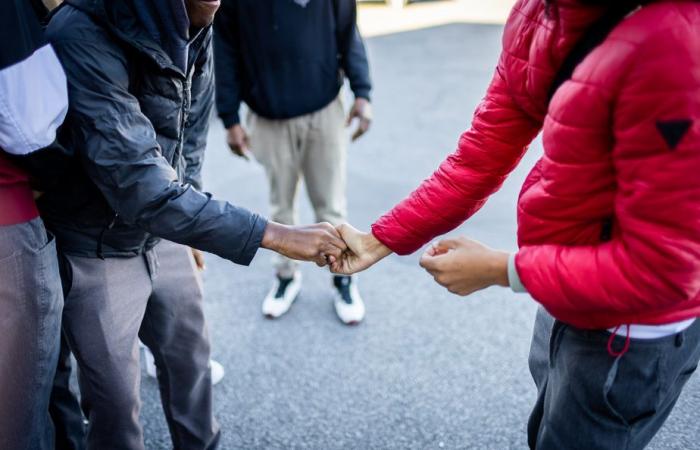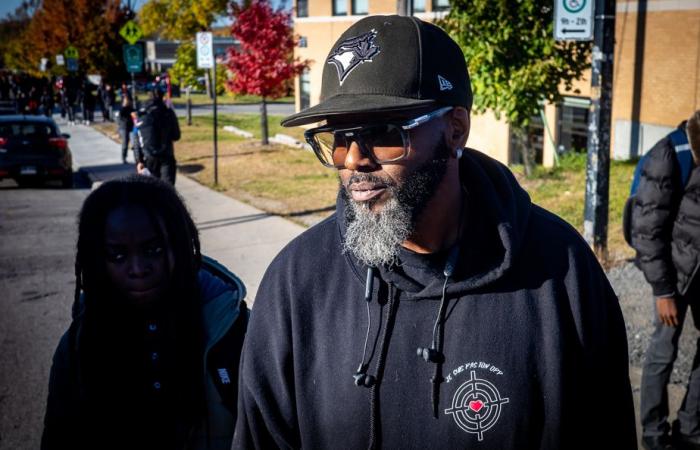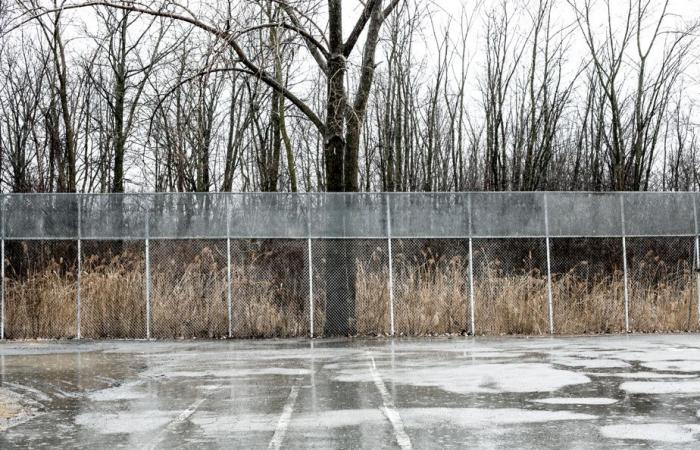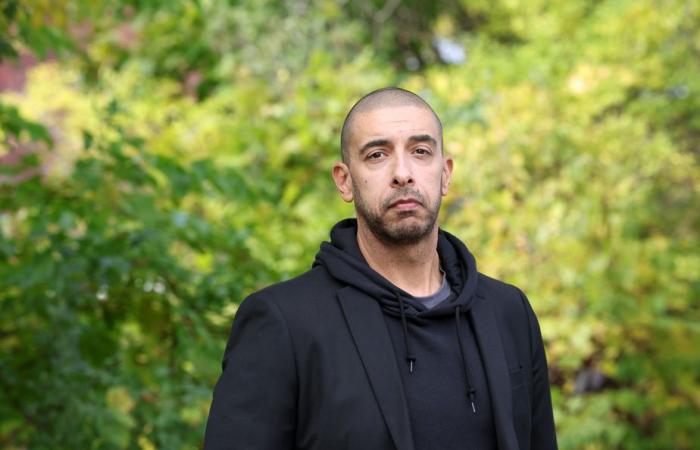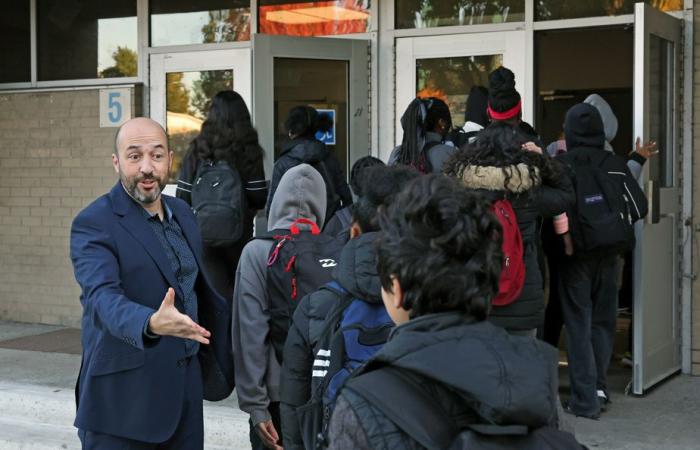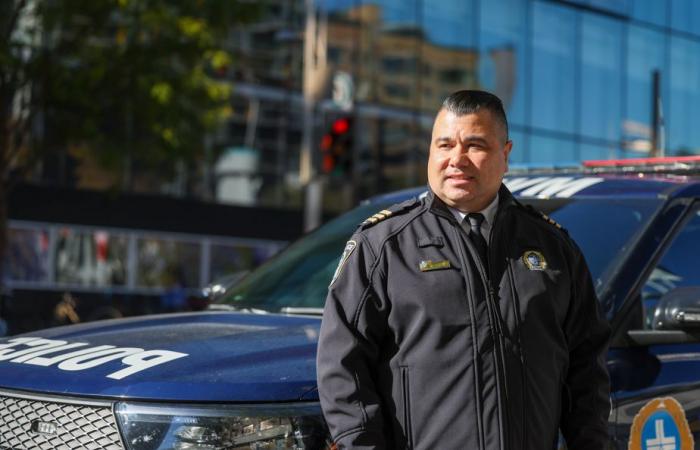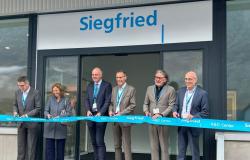Thierry is 17 years old, eyes that laugh all the time and a cute smile. He looks like the little neighbor you meet from time to time, at the park or at the arena. Six months ago, he was arrested for gun possession. When police apprehended him, he raised his hands in the air. The butt of his gun – recently acquired with fraudulently obtained money – protruded from the pocket of his jacket.
Published at 5:00 a.m.
He is currently detained in a closed custody unit at the Cité-des-Prairies rehabilitation center. He must remain there for another six months. “It’s a pretty serious offense,” he admits. We have changed his first name since he is a minor.
Thierry has always been a disturbing, intrepid, impulsive child. “No more special education technicians wanted to work with me at school. » He had to change schools several times in the last years of his high school.
However, these new schools were all in other neighborhoods. And each time, the scenario was the same. The arrival of a young person from a rival sector caused talk. The students were “catching” him. Thierry didn’t let himself be walked on. “They didn’t like the way I answered. » It ended in conflict. Social networks amplified the affair. And then it got “hot”.
At the last school, he and his friends decided to fight back. “We went to the school, we found the guys. Afterwards, it added fuel to the fire. The tension increased. » That’s where the weapon arrived.
How did he find the money to buy a gun? Thanks to fraud. With his “group of friends”, young Thierry sold fake phones on online sales sites. “I’m a good talker,” he said with a big smile. We made money, all the same. »
Was Thierry part of a street gang? “Often, at the beginning, it’s not a street gang,” explains Burt Pierre, outreach worker at Équipe RDP.
PHOTO DOMINICK GRAVEL, LA PRESSE
Burt Pierre, outreach worker at Équipe RDP
It starts with friends who are experiencing certain problems. And from there, they will want to defend themselves. It’s after that that it becomes a street gang.
Burt Pierre, outreach worker at Équipe RDP
Thierry has known Burt Pierre for three years now. “He was always in the background,” he sums up. Everything he said to me, in the end, it happened. If we continued our stupidities… it was going to end like this. » Burt Pierre therefore knew Thierry well before he arrived in Cité-des-Prairies. He will not disappear during his stay in rehabilitation: his visits will be regular. And then he will follow him again. Once he gets out, at the critical moment when he restarts his life.
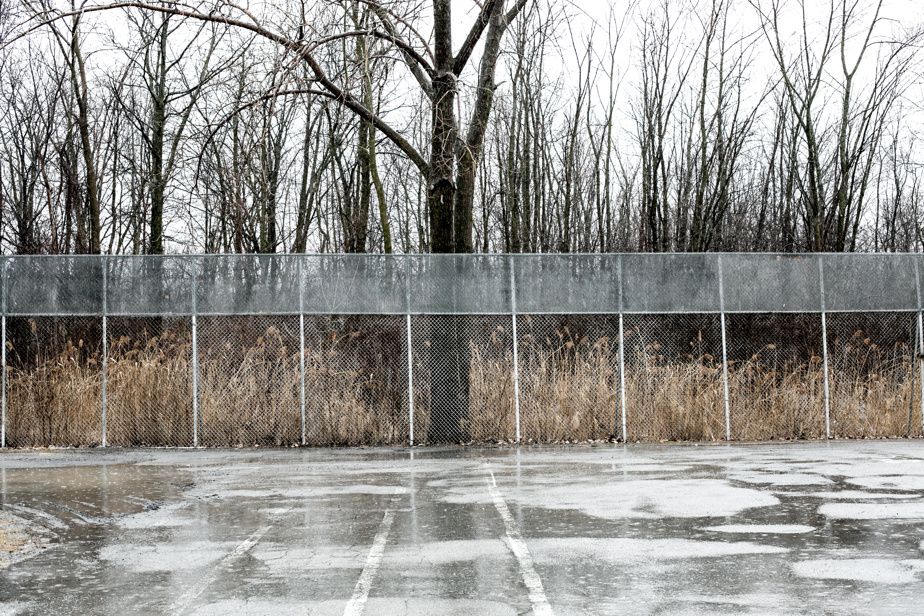
PHOTO MARTIN TREMBLAY, LA PRESSE ARCHIVES
The courtyard of the Cité-des-Prairies rehabilitation center
This is the essence of the Pivot project, launched a year ago by the Quebec government, and of which criminologist René-André Brisebois is the conductor. The project is deployed on two axes: prevention and community mobilization. The idea is, with the help of parents and various stakeholders – school principals, community organizations, police officers, DYP – to create a safety net around young people at risk.
“We want everyone to come together to offer opportunities to these young people who are involved in armed violence or at very high risk of being so,” explains Mr. Brisebois.
“The street” as an adversary
The primary goal is to create a bond of trust with the young person, particularly through community organizations that know them well, often for several years. Second step: encourage reflection in him by trying to get him to question the path of criminality.
And, finally, offer him opportunities that will meet his needs. Facilitate your school career. Find him a job. Fulfill a need to belong by signing up for a sports team. “And we have to do this quickly. These young people, they don’t wait,” says Mr. Brisebois. The general message: “We believe in you. »
But isn’t twenty young people a drop in the ocean? The criminologist is convinced that no.
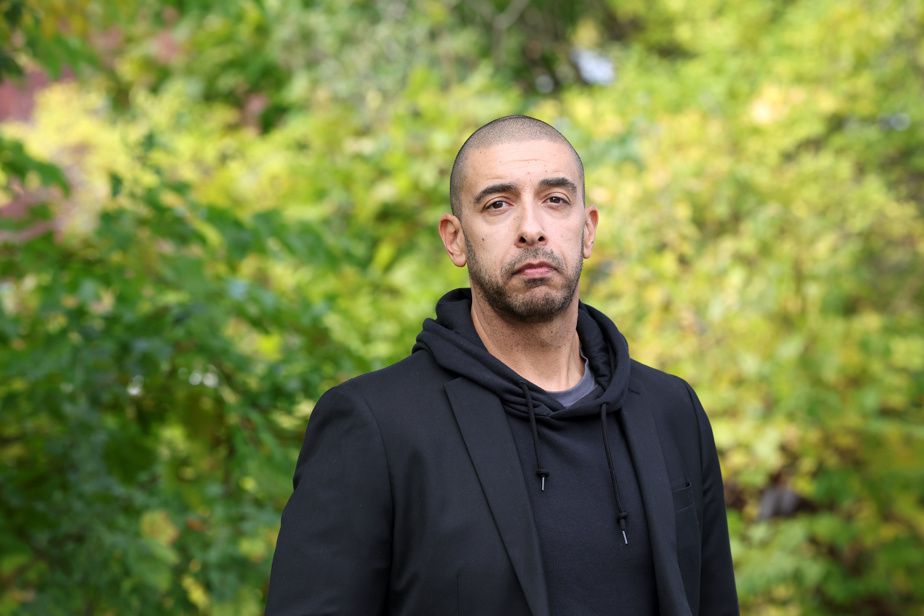
PHOTO ROBERT SKINNER, THE PRESS
Criminologist René-André Brisebois is the conductor of the Pivot project.
If we target the right individuals, if we are there for them, if we are able to change trajectories, it can have an impact on the violence statistics.
René-André Brisebois, criminologist
“We have to fill the void. If we occupy it, the young person will not come into contact with the street,” says the director of Henri-Bourassa secondary school, Younes El Rhafiki, one of the project partners. “The street” is indeed a major adversary. “They are available 24 hours a day,” says Pierre Inodyl Fils, community mobilization agent for the organization Un route pour tous, also a partner in the Pivot project. “Yes, it’s a David versus Goliath fight. But at the end of the story, David won! »
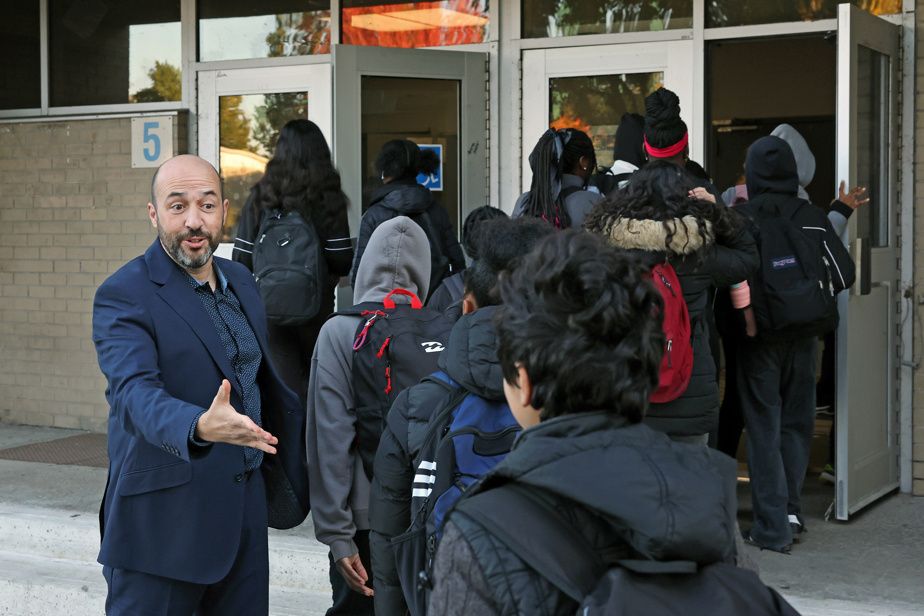
PHOTO ROBERT SKINNER, THE PRESS
Younes El Rhafiki, director of Henri-Bourassa secondary school, welcoming students
Get away from the police
And if prevention doesn’t work, ultimately the young person comes into contact with the police. “The police are not the best gateway to our young people,” observes Inspector Éric Soumpholphakdy, head of the gendarmerie for the east of the island at the Montreal City Police Service (SPVM). But perhaps it was during his arrest that they realized certain things. »
The police therefore suggest that young people, after their arrest, be directed to workers from the two community groups participating in Pivot. They are free to accept or not. The important thing is to show them that there are resources in the community that can help them… in complete confidentiality.
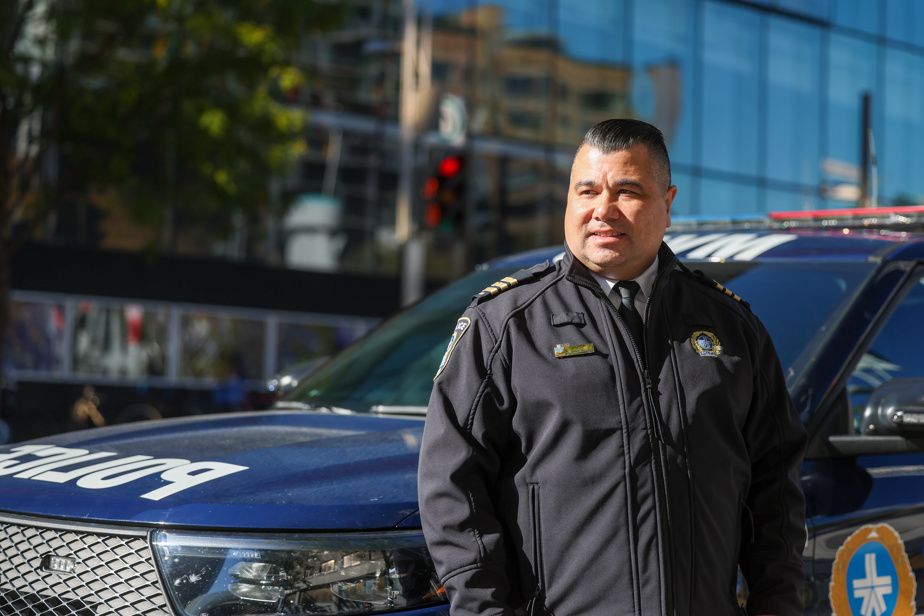
PHOTO FRANÇOIS ROY, THE PRESS
Éric Soumpholphakdy, head of the gendarmerie for the east of the island at the City of Montreal Police Service
Before, we stopped, we accused… and the young person was just angrier. Now, we are trying to intervene with a young person, not a criminal.
Éric Soumpholphakdy, head of the gendarmerie for the east of the island at the SPVM
And at Cité-des-Prairies, the rehabilitation center where these young minors convicted of a crime find themselves, the Pivot intervention continues, underlines Mathieu Perrier, who is responsible for transversal support for issues related to delinquent networks.
“We now have atypical cases here. 14-year-olds who have committed serious crimes against the person, whereas before, there was a gradation in the offenses. » The passage through the center gives them the opportunity to make a stop. “They take off their mask,” summarizes Burt Pierre… and therefore become more receptive to the intervention.
Because at the end of the day, these young people are going to come out. And they will have to make life choices, which we hope will be different. “We have young people aged 14-15 who have committed crimes and have the impression that their life is over. It’s despair. This is where it is important to have significant figures in the neighborhood, says René-André Brisebois. This can have significant leverage. »
The Glasgow Model
The Pivot project is inspired by the approach implemented in Glasgow, Scotland, which saw a 50% reduction in the number of stabbings thanks to a targeted deterrence program. In general, in the scientific literature, such approaches have led to reductions varying between 33% and 50% in armed violence, underlines criminologist René-André Brisebois. “It’s a very recognized model. »
Read the article “ The Press in Scotland: how Glasgow is breaking the cycle of violence »

